Sign up for workout ideas, training advice, reviews of the latest gear and more.
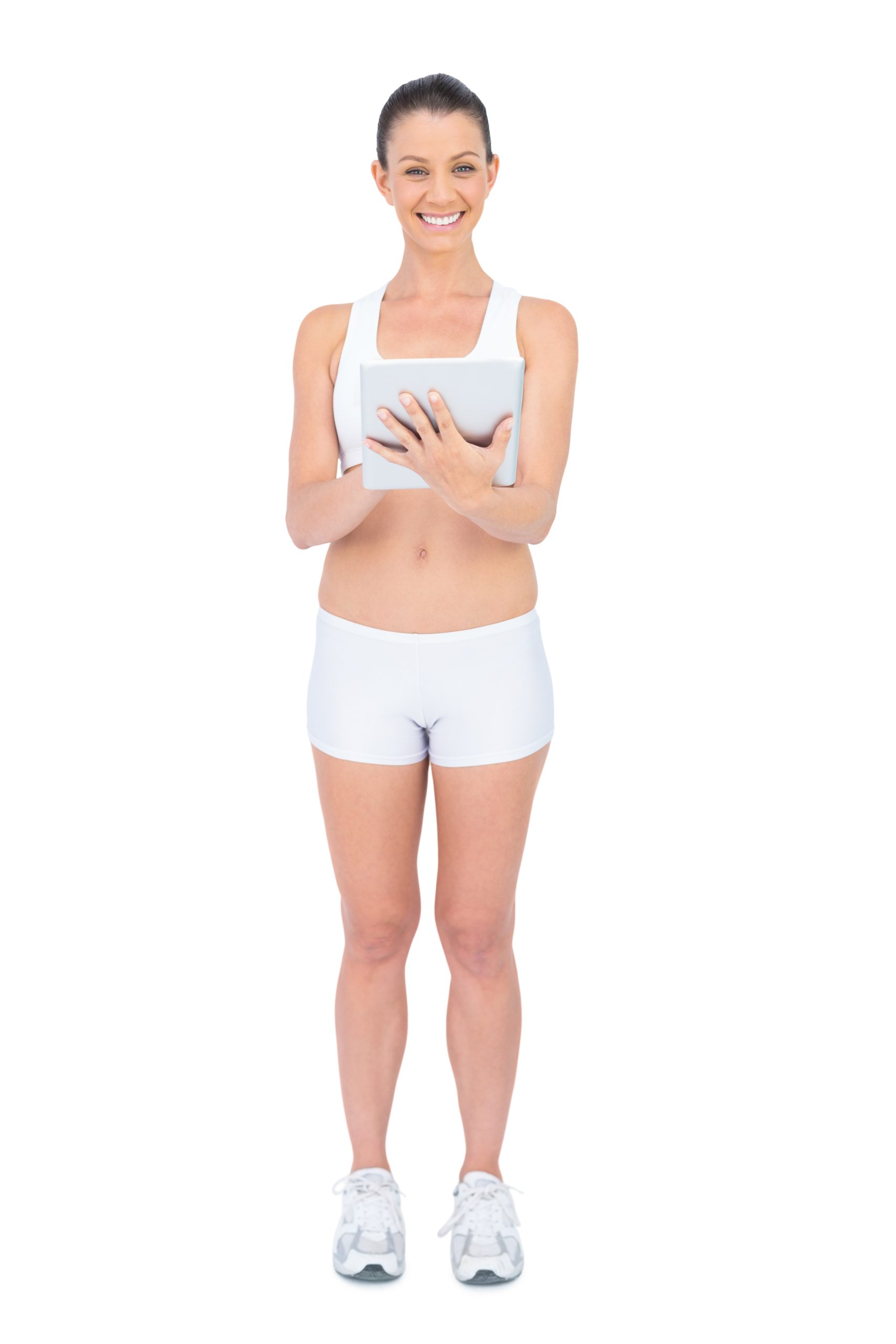
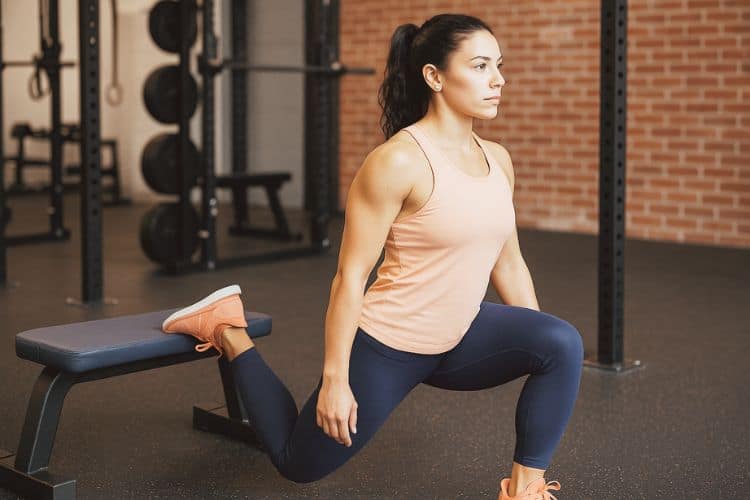
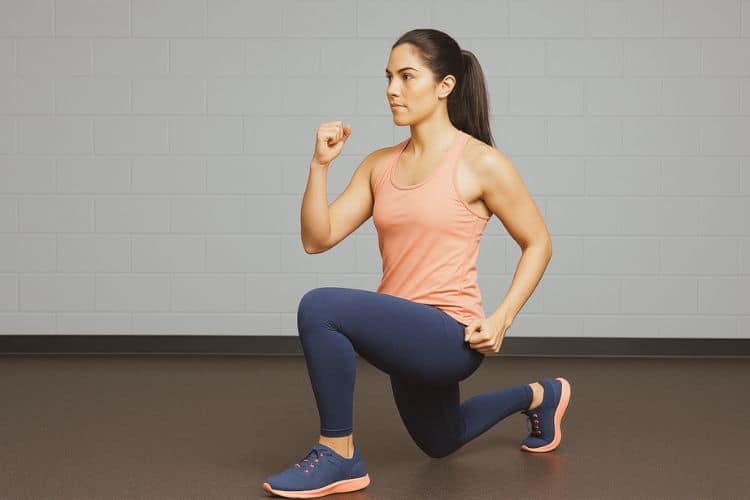
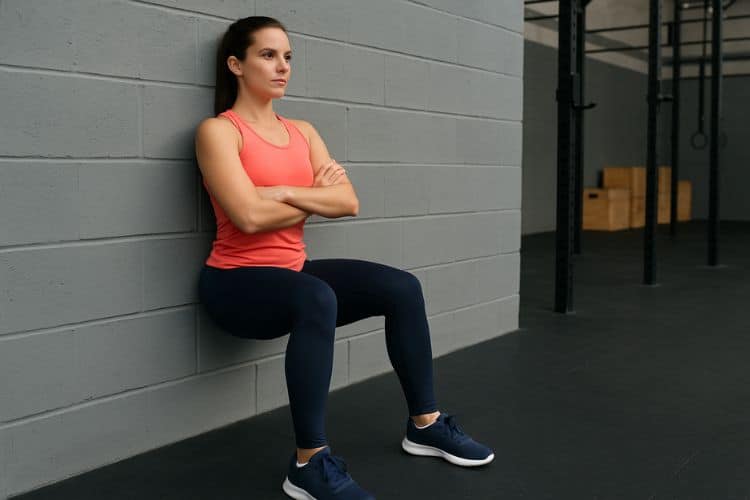
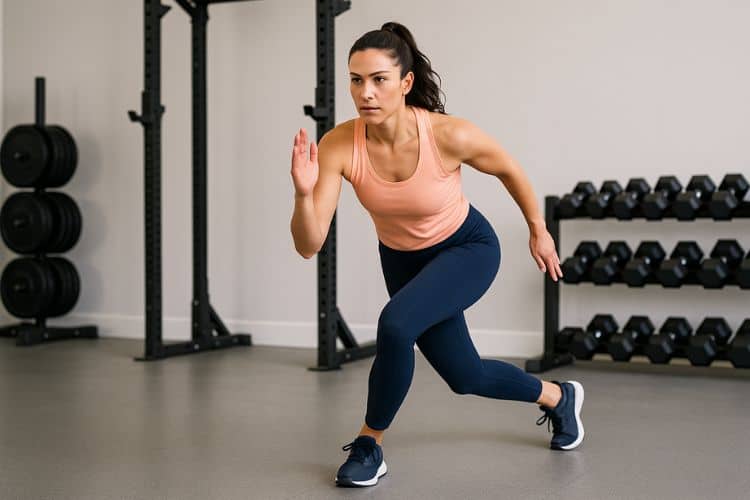

If you want to build strong, toned legs and torch calories without equipment, a 30-minute bodyweight HIIT leg workout is your ultimate solution. High-Intensity Interval Training (HIIT) combines explosive movements with short rest periods to elevate your heart rate, boost endurance, and shape your lower body—all in half an hour. Whether you’re training at home, traveling, or in a gym, this guide breaks down everything you need to know about crafting the perfect 30-minute HIIT leg workout.
You don’t need fancy gym equipment to get incredible results. Bodyweight HIIT workouts engage every muscle in your lower body—glutes, quads, hamstrings, and calves—while delivering intense cardiovascular benefits.
Because of the alternating high-intensity bursts and short recovery periods, HIIT workouts increase your post-exercise oxygen consumption (EPOC). That means you continue burning calories even after your workout ends.
Dynamic bodyweight moves such as jump squats and walking lunges challenge your legs while also improving coordination, balance, and muscular endurance.
Bodyweight training helps strengthen stabilizing muscles and enhances flexibility. You’ll move better, feel stronger, and perform more efficiently in daily life or other workouts.
All you need is 30 minutes and some open space. It’s the perfect workout for home, outdoors, or while traveling.
A well-designed HIIT leg workout alternates between strength and cardio-based movements. You’ll perform each exercise for a set time (usually 40 seconds) followed by a brief rest (20 seconds). The workout typically consists of a warm-up, three main circuits, and a cool-down.
Never skip the warm-up—it primes your muscles, activates your joints, and reduces injury risk.
By the end of your warm-up, your body temperature should rise, your heart rate should be elevated, and your muscles should feel ready to move explosively.
This circuit targets lower-body power while maintaining a high cardiovascular output.
Perform each exercise for 40 seconds, rest for 20 seconds, and repeat the entire circuit twice.
Stand with your feet shoulder-width apart, squat down, and explode upward into a jump. Land softly and immediately move into the next rep. This builds explosive strength in your quads and glutes.
Step one foot back into a lunge, then drive the knee up explosively as you stand. Alternate legs. This move targets glutes, hamstrings, and balance stability.
Jump laterally from side to side, mimicking a speed skater. Keep your chest upright and engage your core for stability. It’s excellent for the outer glutes and calves.
Start in a lunge position and switch legs midair. This dynamic move works quads, glutes, and hamstrings while pushing your heart rate to the max.
Lower into a squat, pulse three times at the bottom, then explode into a jump. The pulsing keeps constant tension on your legs for maximum burn.
Take a 60-second rest between rounds before repeating the circuit.
This section focuses on controlled, lower-impact movements that strengthen the muscles and build endurance. Perform each move for 45 seconds, rest for 15 seconds, and repeat the circuit twice.
Stand about two feet in front of a chair or step. Place your back foot on it and lower into a lunge until your front thigh is parallel to the floor. This isolates each leg for strength and balance.
Step wide to one side and sink into a squat, keeping your other leg straight. Push back to the center and alternate sides. This move targets the inner thighs and glute medius.
Lie on your back with one foot flat and the other extended. Lift your hips until your body forms a straight line from shoulders to knees. Switch sides after 45 seconds.
Lean against a wall with knees bent at 90 degrees. Hold for 45 seconds, engaging your core and keeping pressure through your heels.
Step one leg diagonally behind you into a lunge, lowering your hips toward the floor. Alternate sides. This variation hits your glutes from a different angle for sculpted results.
Rest 60 seconds before repeating the circuit.
End strong with a final burst of energy to maximize fat burn and endurance. Perform each move for 30 seconds, rest 10 seconds, and go for two rounds.
Push your limits—this short finisher ensures you finish your 30-minute session with intensity.
A proper cool-down helps release muscle tension and improves flexibility.
Finish with deep breathing to lower your heart rate and transition into recovery mode.
Because HIIT training increases your metabolism, your body continues burning fat for hours after you finish working out.
Bodyweight resistance strengthens your muscles naturally. You’ll develop lean, toned legs without bulk.
The short rest intervals push your cardiovascular system, improving heart and lung capacity over time.
You can perform this workout anywhere—no gym required. It’s ideal for busy schedules and those who prefer efficient home workouts.
HIIT moves mimic real-life actions—running, jumping, squatting—improving functional strength for everyday movements.
Proper form ensures safety and effectiveness. Always engage your core, keep your chest lifted, and land softly during jumps.
Beginners can modify exercises (e.g., step-back lunges instead of jumping lunges). Advanced athletes can increase speed or add extra rounds.
Use a timer app to manage intervals and monitor improvement. Over time, aim to increase work periods or reduce rest time.
Perform this 30-minute workout 2–3 times per week for visible results in strength, tone, and endurance.
Balance HIIT with active recovery (like yoga, stretching, or walking) to allow muscles to repair and grow stronger.
Neglecting these can lead to injury or stiffness. They’re essential for performance and recovery.
HIIT is intense—your body needs rest to rebuild. Avoid doing leg HIIT every day.
Landing hard on your feet can strain knees and ankles. Always land softly with bent knees and engage your core.
Don’t hold your breath. Exhale during exertion (like jumps) and inhale on recovery phases.
Here’s how to incorporate this 30-minute HIIT leg workout into your weekly plan for maximum benefit:
Eat a small snack containing carbs and protein about 60–90 minutes before training. Examples: banana with peanut butter or Greek yogurt with berries.
Drink water throughout your workout. Afterward, replenish electrolytes with coconut water or a light smoothie.
Consume lean protein and complex carbs (e.g., chicken and sweet potato) within an hour to aid muscle recovery.
Ensure you’re getting enough daily protein to rebuild and tone muscle from your HIIT sessions.
As your strength and endurance improve, you can progress your bodyweight HIIT workouts by:
These small adjustments ensure your workouts stay challenging and effective.
Your body follows your mindset. HIIT is tough—it’s supposed to be. The challenge builds resilience, confidence, and mental toughness. Remember that every rep, jump, and squat pushes you closer to your fitness goals. Stay focused, trust the process, and celebrate small victories.
A 30-minute bodyweight HIIT leg workout delivers everything you need—fat burn, strength, endurance, and sculpted lower-body definition. Whether you’re a beginner or a fitness enthusiast, it’s a fast, efficient, and powerful routine that fits into any schedule.
Stay consistent, fuel properly, and give your legs the attention they deserve. Over time, you’ll notice better muscle tone, improved performance, and unstoppable energy.
For the best results, check out these related guides on our website. 15-Minute HIIT Leg Day Workout with Dumbbells. 20-Minute HIIT Leg Day Workouts. 30-Minute Beginner Friendly HIIT Leg Workout at Home. 45-Minute HIIT Leg Day Workouts. Best 35 Minute Lower Body HIIT Workout Circuit for Women.
Stay up to date on the latest women’s health, fitness and lifestyle trends and tips.